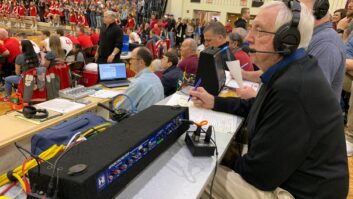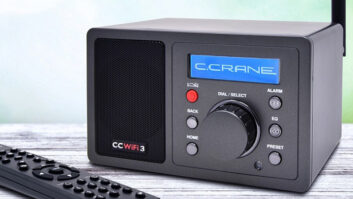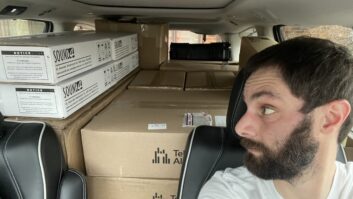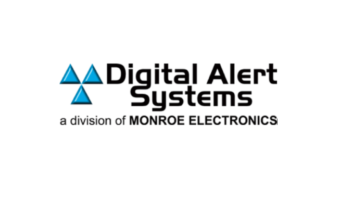“It is now a ‘must’ to be able to decide — with no notice at all — to generate signals from a remote location, without hassle or complications and with stable communications and perfect quality at a minimum latency. In a nutshell.”
So says Peter Howarth. He is the sales manager for the United States, North Europe and special markets for manufacturer AEQ. This interview appeared in the Radio World ebook “Remote Contribution.”
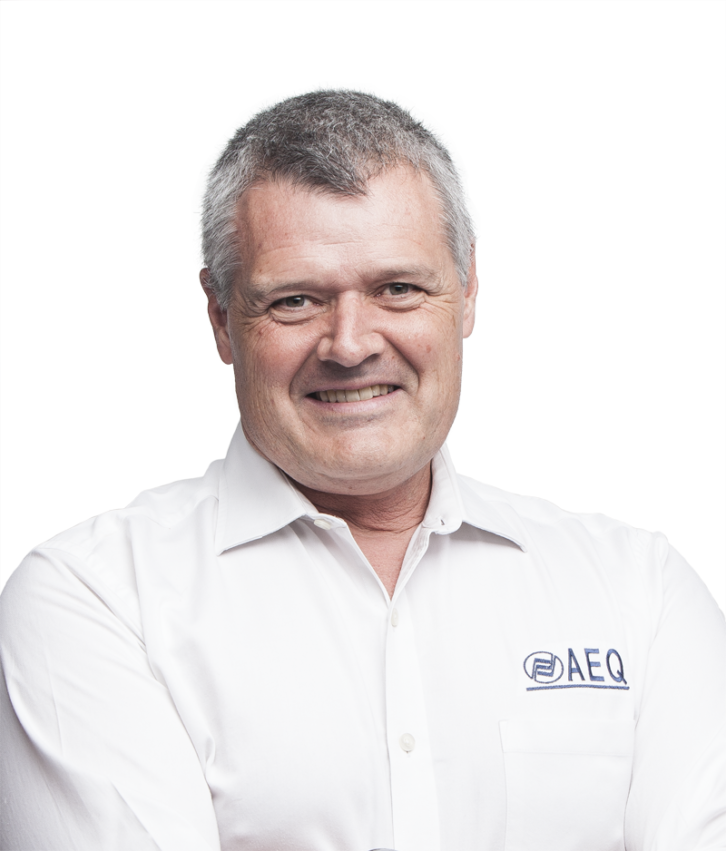
RW: What’s the most important trend in remote audio, Peter?
Peter Howarth: The use of IP as the available infrastructure for transport, anything related to A/V over IP. Then it depends on what segment of the market you’re looking at.
An emphasis on security and on generic control is prevalent among larger corporations and networks, while dynamism and demystifying IP technologies — making it an everyday tool — becomes paramount for smaller stations and networks. Here, and in remote coverage of sports for example, multi-tasking talent are “on their own” most of the time, so things have to be simple and straightforward.
In the end, what it’s all about is efficiency and keeping costs down.
RW: What product from AEQ typifies these trends?
Howarth: Our Phoenix Talent audio codec bridges all these needs. It’s suitable for organizations of any size and their requirements.
For customers in need for remote production and coordination of their technical staff both locally and remotely, our Xpeak Intercom Systems offer the latest “no mystery” and auto-discovering technologies available to take optimal advantage of the inherent networking capabilities of IP.
Two examples of products resulting from the need to get things done quickly and efficiently without complications, at a very reasonable cost.
RW: What do users need to know these days about cross-product compatibility and standards?
Howarth: Not only cross-product, but we see the cross-solution as a must for all users.
Conceptually, you need to be able to “share” audio between, for example, your talkshow systems, mixing consoles, intercom system and your codecs at the local level. At the same time, these systems need to be able to reach remote locations, with minimum latency at maximum quality.
Networks need to become your ally and not your enemy, and this requires network planning. No matter what size or type of organization you are. So standards compliance is paramount.
We’re normally not operating a system from a single supplier, but our systems are more and more the result of an integration of the best solutions for each phase in the general workflow.
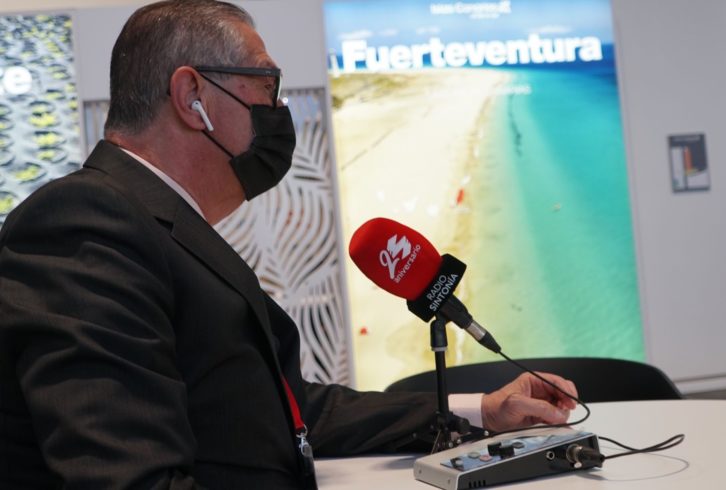
[Check Out More Products at Radio World’s Products Section]
RW: What technologies are in place to provide redundancy or failover for critical links?
Howarth: Apart from existing network solutions for redundancy and failover, audio equipment for critical operations has for many years been incorporating failover systems.
In most cases, silence detection with definable failover or emergency audio source or path including alternative infrastructures, loss of sync failover, “permanent communication” (automatic reconnections) and network diversity are standard.
These technologies are not only applicable to contribution networks but also to the local networks and audio sources within the station or the originating content source.
Most systems nowadays also include logging and alarm systems that trigger information about system status and assist technical personnel in making decisions in regards to alternative solutions or remedies. Further, most equipment and systems provide full remote control and operation.
RW: What misconceptions do many people have about remote audio?
Howarth: Generally speaking, people think it is complicated and tedious. And sometimes this is true. Often people suspect that the problem is in their equipment but in most cases it’s network-related. Often, users don’t know what their network looks like, how to get through their switchers and routers to the “exterior.”
IT equipment and audio equipment may need to share the LAN. There may also be another network for local AoIP and even one for control.
Planning and coordination with corporate IT and telecom service providers become fundamental for reliable remote audio.
Also, even if not directly aimed at the broadcasting and professional industry, many telecom service providers are doing everything they can to cap audio communications on their data networks, since this is their core business. Manufacturers are constantly striving to make their equipment easier and “smarter,” allowing to establish connectivity with relative ease.
My best advice is to read the documentation for the equipment. In most cases the solution to any issue related to the communications is in the user manual.
RW: What technical features of a codec stand out as notable recent additions?
Howarth: The integration of codecs with consumer technology like smartphones and platforms such as Skype, Teams, WhatsApp and so forth is a great plus for anyone who want to get more done in a simple way.
Our Phoenix Talent allows them to control the codec from a smartphone as well as to use the Bluetooth Audio connection as an additional local input and output to the codec. This allows the talent to, for example, do an interview with someone via Skype, mix it with its mic input and send it live to the station.

